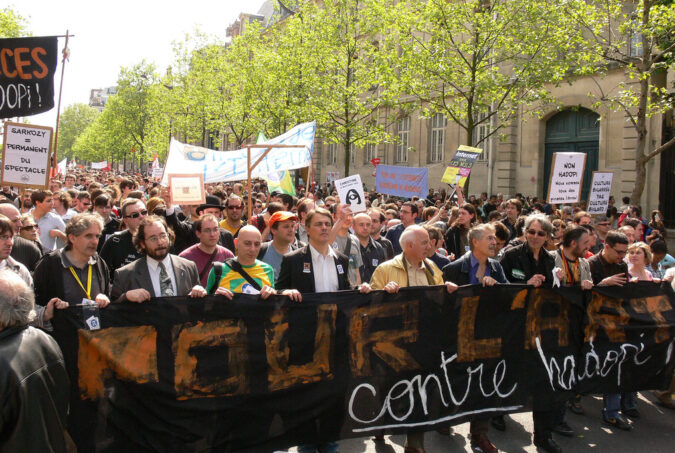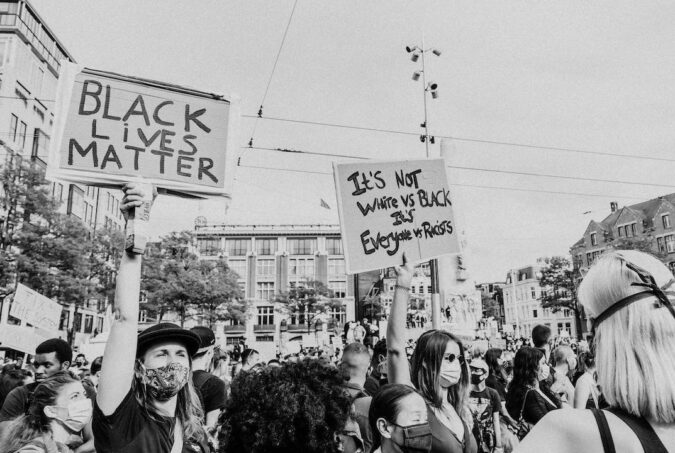How have online technologies reconfigured collective action? It is often assumed that the rise of social networking tools, accompanied by the mass adoption of mobile devices, have strengthened the impact and broadened the reach of today’s political protests. Enabling massive self-communication allows protesters to write their own interpretation of events—free from a mass media often seen as adversarial—and emerging protests may also benefit from the cheaper, faster transmission of information and more effective mobilisation made possible by online tools such as Twitter. The new networks of political protest, which harness these new online technologies are often described in theoretical terms as being ‘fluid’ and ‘horizontal’, in contrast to the rigid and hierarchical structure of earlier protest organisation. Yet such theoretical assumptions have seldom been tested empirically. This new language of networks may be useful as a shorthand to describe protest dynamics, but does it accurately reflect how protest networks mediate communication and coordinate support? The global protests against austerity and inequality which took place on May 12, 2012 provide an interesting case study to test the structure and strength of a transnational online protest movement. The ‘indignados’ movement emerged as a response to the Spanish government’s politics of austerity in the aftermath of the global financial crisis. The movement flared in May 2011, when hundreds of thousands of protesters marched in Spanish cities, and many set up camps ahead of municipal elections a week later. These protests contributed to the emergence of the worldwide Occupy movement. After the original plan to occupy New York City’s financial district mobilised thousands of protesters in September 2011, the movement spread to other cities in the US and worldwide, including London and Frankfurt, before winding down as the camp sites were dismantled weeks later. Interest in these movements was revived, however, as the first anniversary of the ‘indignados’ protests approached in May 2012. To test whether the fluidity, horizontality and connectivity often claimed for…
The new networks of political protest, which harness these new online technologies are often described in theoretical terms as being ‘fluid’ and ‘horizontal’, in contrast to the rigid and hierarchical structure of earlier protest organisation.










